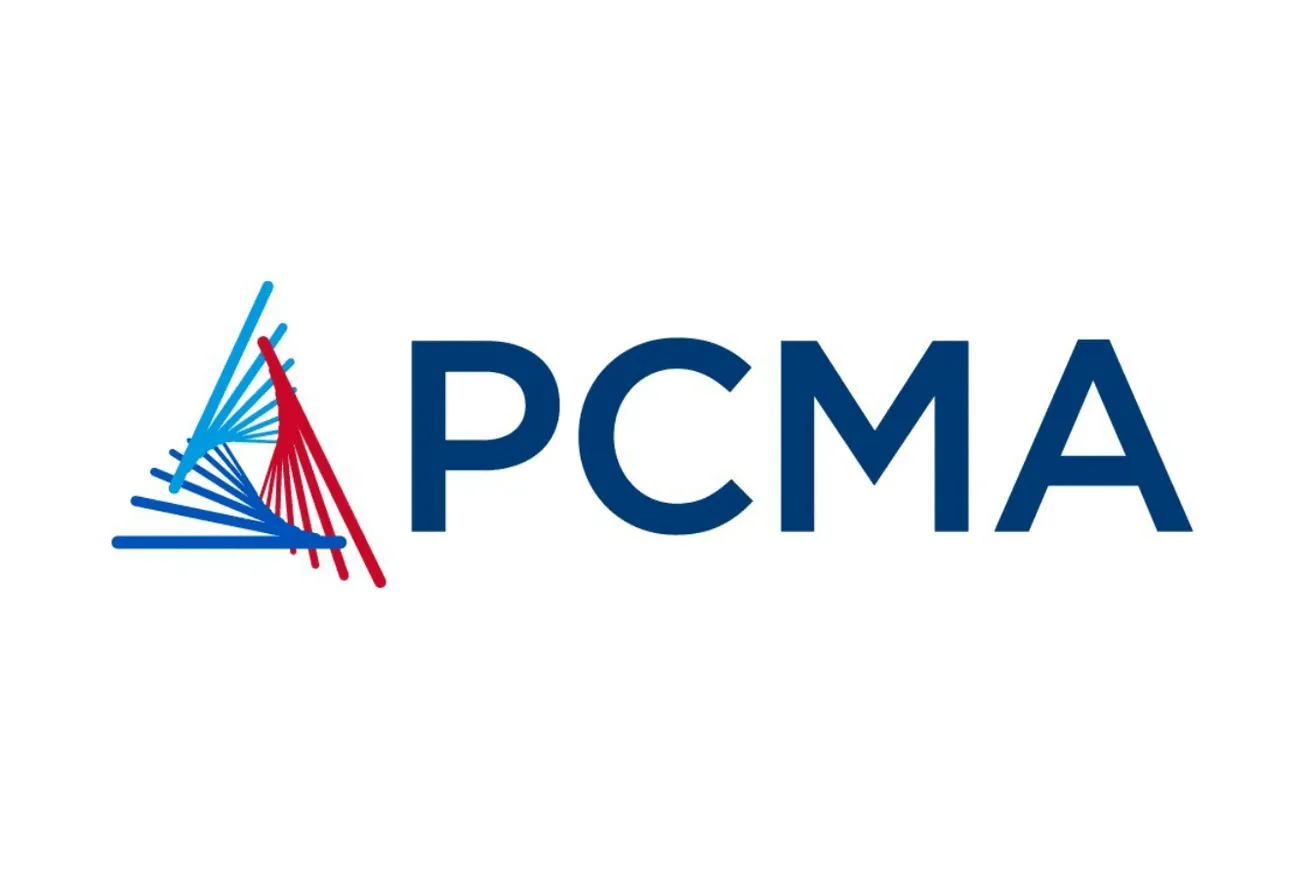SAN DIEGO — Predictors for type 2 diabetes are easily identifiable and may lead to earlier intervention for people at risk, according to a large community study sponsored by AstraZeneca.
Called SHIELD (Study to Help Improve Early evaluation and management of risk factors Leading to Diabetes), the research is the largest nongovernmental study of its kind, AstraZeneca reported. The findings were presented Tuesday at the American Diabetes Association’s 71st Annual Scientific Sessions.
According to AstraZeneca, SHIELD data showed that simple, easily available information — such as age, family history and obesity, characteristics that adults can self-identify — are strong predictors for developing type 2 diabetes. The presence of these factors significantly boosts the risk of transition, by as much as 300% to 500%.
What’s more, the study found, clinicians may not need any other patient-reported symptom besides excessive thirst to further screen for type 2 diabetes.
As a result, an active understanding of these prediabetes risk factors and early intervention may reduce transition to type 2 diabetes.
"We need to slow down the rate of transition to type 2 diabetes," stated SHIELD study investigator Helena Rodbard, M.D., of Endocrine and Metabolic Consultants in Rockville, Md., "SHIELD data can, ideally, be used to simplify the process by which clinicians identify and screen patients at risk of progressing and help those in need get required support earlier."
SHIELD confirmed that the chief predictor for developing type 2 diabetes was increasing age, boosting risk by 300% to 500%, and it was highest for those between the ages of 55 and 64. The presence of high blood sugar without diabetes increased risk of transitioning to type 2 diabetes by 400%.
Meanwhile, obesity and carrying excess abdominal fat boosted risk by 50% to 100%. Excessive thirst increased risk by 50%, and family history increased risk of transitioning to type 2 diabetes by 40%, according to the study.
In the SHIELD survey, conducted from 2004 to 2009, more than 127,000 households (representing about 211,000 adults) returned completed questionnaires. The follow-up baseline survey was mailed to 22,001 respondents to be followed over the subsequent five years with annual surveys. The evaluation of transition to type 2 diabetes was analyzed from 11,238 respondents who had no diagnosis of diabetes at baseline and completed at least one or more follow-up surveys.







